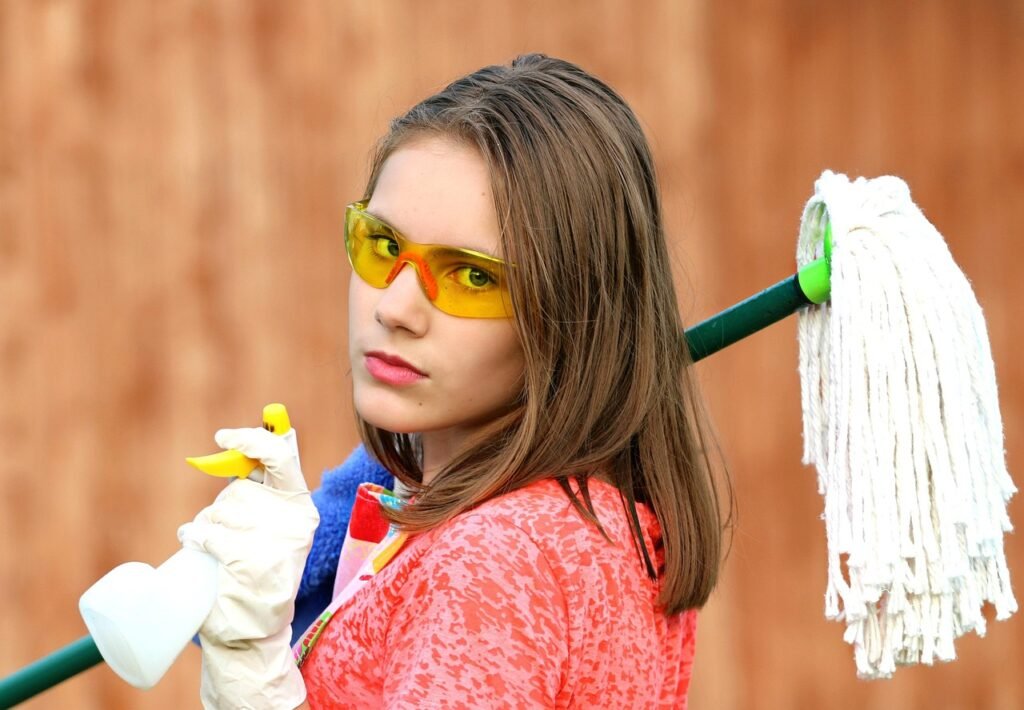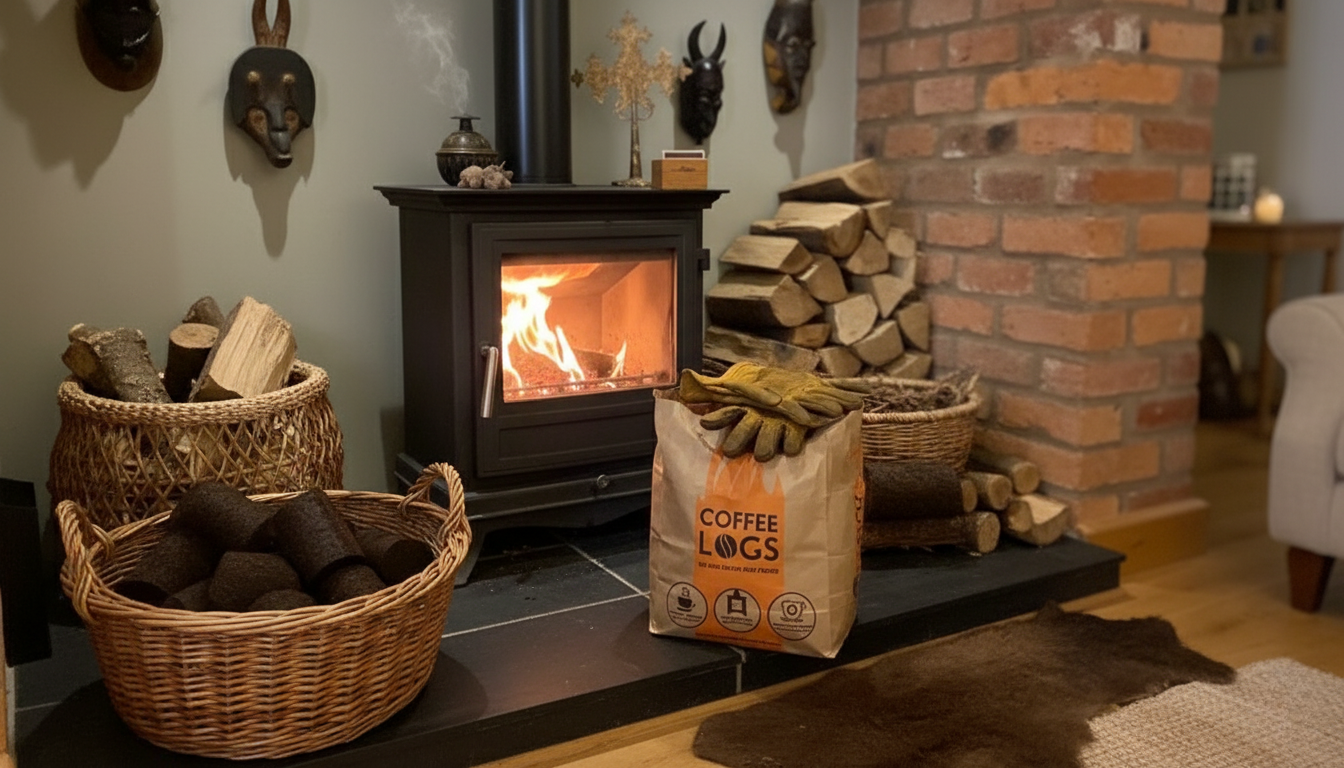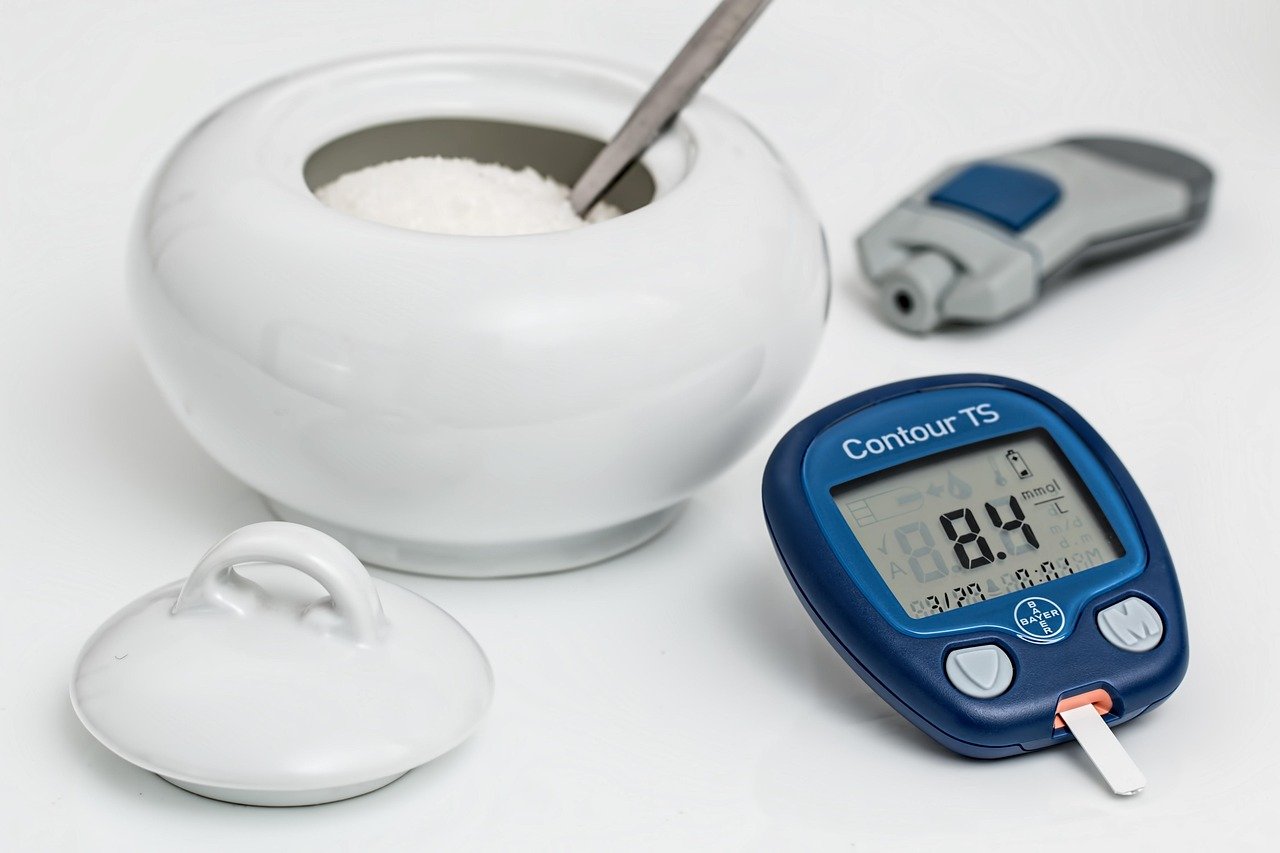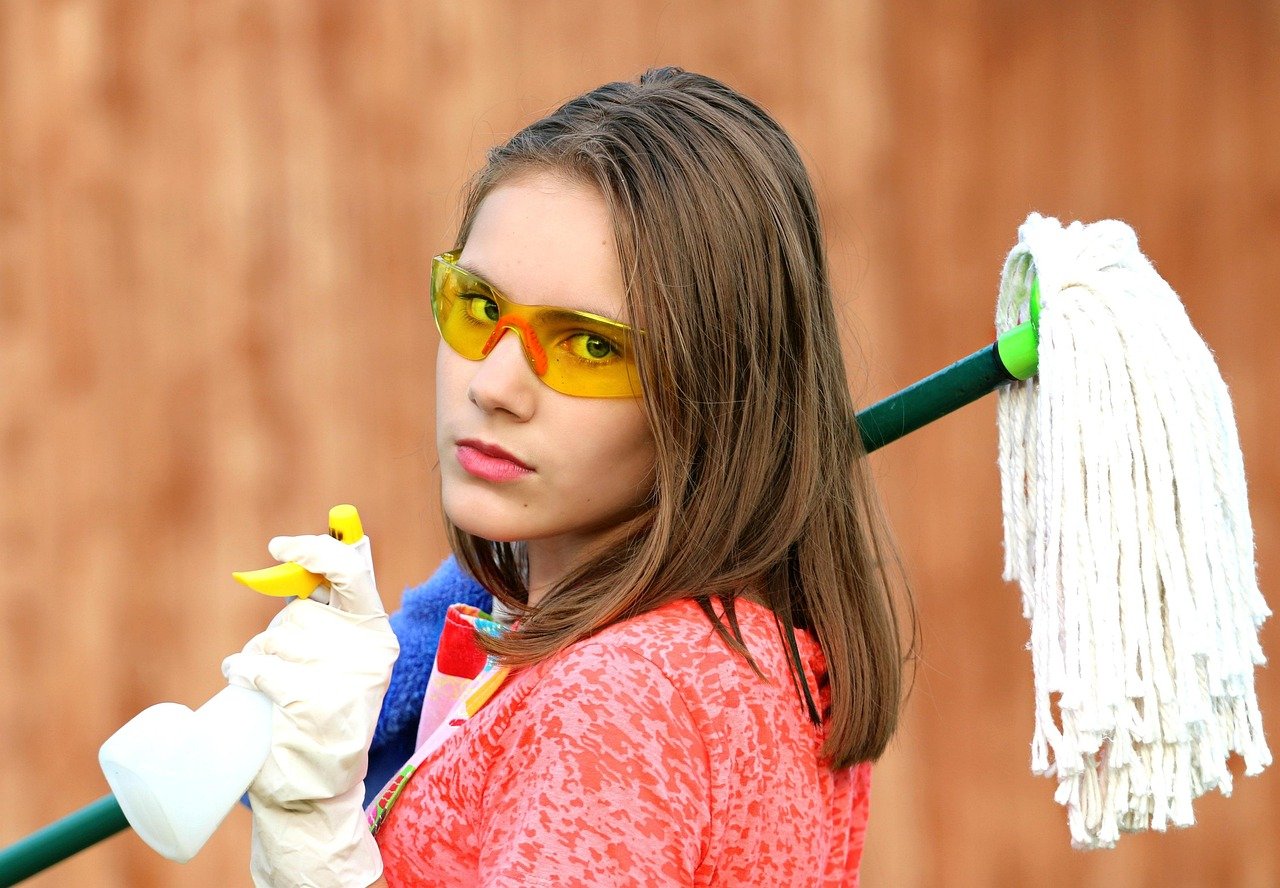
A mop head is like the brush of a paint roller: the part that touches the floor and does all the work. If that part is wrong, even the best mop handle won’t help. Choosing the right mop heads can make your cleaning job smoother, easier, and more effective.
In this guide, you will learn the main types of mop heads, when to use each, how to pick the right material, and how to care for them so they last a long time. With good choices, your home stays clean with less fuss.
Why the Type of Mop Head Matters
Imagine driving a car with worn tires—you won’t get good grip, the ride will be shaky, and you may slip. Similarly, if your mop head is wrong for the floor or job, you’ll get streaks, require more effort, and need to replace it often.
A good mop head:
- Absorbs well
- Dries reasonably fast
- Is durable and washable
- Matches your floor type (hardwood, tile, vinyl)
- Attaches securely to the mop handle
If a mop head fails in any of these, cleaning becomes harder, you waste water, or you damage surfaces.
Main Types of Mop Heads
Here are the common types you’ll find, and when each shines:
1. Microfiber Mop Heads
These are made from very fine synthetic fibers. Microfiber is like a sponge with many tiny fingers, great at picking up dust, dirt, and moisture. It works well on both wet and dry jobs.
Pros:
- Strong absorbing power
- Dries faster
- Reusable and washable many times
- Gentle on surfaces
They are often used in flat mops or spin mops. The Spruce lists microfiber or flat mops as a favorite for everyday cleaning.
2. Looped-End Strings
Looped-end or looped string mop heads have yarn or fabric ends that are looped instead of cut. That loop helps avoid fraying and gives stronger cleaning power.
From the Alsco guide: looped-end mops clean larger areas, are more durable, and resist unraveling.
3. Cut-End Strings
These are classic mop heads with the yarn ends cut straight off. They are simpler and often cheaper, but have downsides: they may fray, and often are considered more disposable. The Webstaurant guide describes cut-end as quick for spills but less durable.
4. Cotton / Blend Mop Heads
Cotton or cotton blend mop heads are traditional and still used. Cotton is absorbent but slower to dry and may mildew if not dried. The ABCO Products blog notes cotton mop heads are economical and absorbent, but risk mildew if damp for too long.
Blended mop heads mix cotton and synthetic fibers to gain the strengths of both, some absorbency with better drying.
5. Sponge or Cellulose Heads
These are mop heads made of sponge or cellulose material. They are good at soaking up liquid spills and are often used in bathrooms or for spot cleaning. Rubbermaid mentions synthetic cellulose sponge mop heads in their wet mop line.
6. Flat / Pad / Spray Mop Heads
These are not “string” style but flat pads that you attach to a frame. They often use microfiber pads. Many modern mop systems use spray mops (you spray water, then mop) with flat heads. The Spruce recommends these for daily messes.
Which Mop Head for Which Job?
Here’s a quick matching of job to mop head type, like choosing shoes for different terrains.
|
Floor / Job |
Best Mop Head Type | Why |
| Hardwood, laminate | Microfiber flat/pad | Gentle, less water, no streaks |
| Large open areas | Looped-end string | Covers more ground, durable |
| Heavy spills/mess | Cotton or sponge | High absorbency |
| Tight corners, baseboards | Microfiber or spray | Flexible pad or spray helps reach |
| Bathrooms / wet zones | Sponge/cellulose | Good for liquid cleanup, quick absorption |
Also, when using traditional mop heads, wringing or spin systems help remove excess water before applying to the floor.
What to Look For in a Good Mop Head
When selecting a mop head, these features help you get a good one:
- High GSM or thick fiber
- Secure attachment/headband design
- Washable & reusable
- Fast drying
- Compatibility with your mop handle
- Durability & resistance to fraying
- Good absorbency/water retention
As the Webstaurant guide notes, mop head material is key to performance.
Also, check whether your mop handle uses a narrow or wide headband or quick-release system. Some designs change mop heads faster.
Caring for Your Mop Heads
Even the best mop head fails if you abuse it. Care is like tending your favorite shirt; if you wash and dry it well, it lasts.
- Rinse thoroughly after each use
- Wash in warm water with mild detergent (no bleach unless safe)
- Air dry fully before storing
- Store the mop head in a dry place or hang it up
- Replace when fibers thin, smell persistently, or fail to clean well
Better Homes & Gardens advises that yes, mop heads can often go into the washing machine on a gentle cycle.
Also, rotating between two heads helps you always have a dry spare ready and extends life.
Pros & Cons: What You Gain and Trade Off
Every choice has trade-offs like using a sports car: fast and fun, but costly and delicate.
Microfiber/flat/looped heads
Pros: Reusable, gentle, fast drying, good dirt pickup
Cons: May cost more initially, need correct washing
Cut-end or cotton heads
Pros: Cheap, effective for spills
Cons: Fade faster, fray, slower to dry
Sponge/cellulose heads
Pros: Good for wet mess, absorbent
Cons: Less durable, may wear in heavy use
Flat/pad/spray mop systems
Pros: Light, easy, water control
Cons: May not scrub deeply, pad wear over time
Choosing the best depends on your floor types, mess levels, and preferences.
Summary & Final Tips
- Choose mop heads that match your floors and cleaning needs.
- Microfiber and looped ends are strong all-rounders.
- Cotton, cut-end, or sponge heads have roles, but with trade-offs.
- Care for your mop heads correctly so they last.
- Use more than one type so you always have the right tool for the job.
A good mop head is like the right shoe when it fits the terrain, walking is smooth. With the right mop heads, your home cleaning can become easier, faster, and more effective.







